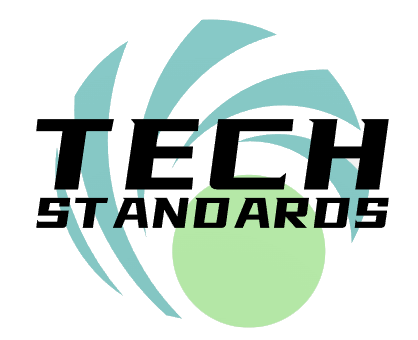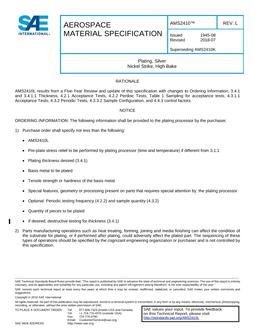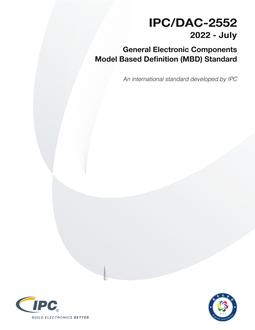
CIE 245 – Grey-Scale Calculation for Self-Luminous Devices
Contemporary colour media, to which a self-luminous grey (or more generally, neutral) scale would apply, include light emitting diode (LED) displays and liquid crystal displays (LCD). Every colour-difference calculation has a neutral or achromatic component. In stand-alone mode, this neutral scale can be used to calculate barely-visible threshold changes in luminance, equal-appearing suprathreshold steps of grey scale, matching grey appearance or conspicuousness of grey targets during visual search. CIE lightness, L*, as part of the CIELAB and CIELUV colour spaces, was developed to serve similar purposes for reflective materials, and it was adapted in 1983 for use with cathode-ray tube (CRT) displays. Self-luminous devices such as computer displays, wide-area luminaires (when used not for lighting but for artistic or information purposes), advertising media, signage, safety lights, scientific and medical displays, avionics and heads-up displays, often exhibit high luminance, high spatial resolution and high contrast that require a self-luminous neutral scale. A self-luminous neutral scale does not require specification of a reference white; instead it is a function of the background luminance of the visual target, thus the scale has no upper limit. Because the self-luminous neutral scale can involve high contrast over a small visual subtense, it accounts for intraocular scattering. Finally, a self-luminous neutral scale enables the calculation of colour differences (e.g. CIELAB, CIEDE2000, or OSA-UCS) between self-luminous image segments, including consideration of a neutral point. This report recommends a method to calculate a self-luminous neutral scale fulfilling these requirements. The report also refers to applications, for which the recommended calculation could be improved:
- for mesopic light levels (e.g. cinema and video);
- to calculate effects of any particular visual subtense and shape of contrasts;
- to reflect the effects of stimulus geometry (e.g. comparison of adjoining fields versus separated fields);
- to incorporate post-retinal effects (e.g. due to visual cortical computations, such as the white point), and highlights in the surround not adjoining the visual target.
Product Details
- Published:
- 03/01/2018
- ISBN(s):
- 9783901906978
- Number of Pages:
- 40
- File Size:
- 1 file , 1.6 MB
- Note:
- This product is unavailable in Ukraine, Russia, Belarus




